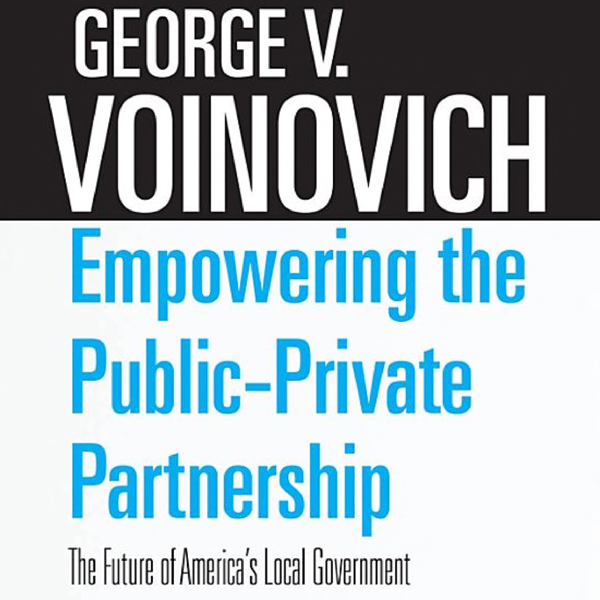By Melanie Nichole Burdick
Washburn University
Teaching Civic Engagement Across the Disciplines. Edited by Elizabeth C. Matto, Alison Rios Millett McCartney, Elizabeth A. Bennion, and Dick Simpson. Washington, DC: American Political Science Association. 2017. ISBN: 978-1878147561. 454 pages. Paperback, $30.
Author Note
Melanie Nichole Burdick, English Department and Center for Teaching Excellence and Learning, Washburn University.
Correspondence regarding this book review should be addressed to Melanie Nichole Burdick, Director of the Center for Teaching Excellence and Learning, and Associate Professor of English, Washburn University, Morgan Hall, Room 204, 1700 SW College Avenue, Topeka, KS 66621-1117. Phone: (785) 670-1409. E-mail: melanie.burdick@washburn.edu
Teaching Civic Engagement Across the Disciplines is a new collection of essays edited by Elizabeth C. Matto, Alison Rios Millett McCartney, Elizabeth A. Bennison, and Dick Simpson, and published by the American Political Science Association. As a former high school teacher and current university faculty member who also directs my institution’s Center for Teaching, it was immediately clear to me how this book could be influential to educators not only “across the disciplines” but also across hierarchies and grade levels. Contributors to the collection share information varying from such topics as university assessments of community engagement to a collaborative learning project between college and elementary students. Comprising 23 chapters that explore the importance of civically engaged education from numerous perspectives, this book is a significant new resource for educators interested in promoting civic engagement through curricular means. The book is organized into three sections, each of which offers the reader a distinctive vantage point, from the theoretical, to the curricular, to the structural/contextual.
The first section provides a national, theoretical, and historical perspective on civic engagement education. Within this section, the chapters offer an overview of the field’s history and its philosophical and cultural underpinnings, highlighting that civic engagement is more essential than ever. Jane Mansbridge’s “Why Do We Need Government? The Role of Civic Education in the Face of the Free-Rider Program” opens the section with a specific philosophical discussion about the tangible problem of free-use goods, coercion, and regulation, and lends insight into how faculty can educate students to see the problem as one they should, as citizens, have a hand in regulating. The section also includes a feminist discussion—“Deliberative Pedagogy’s Feminist Potential: Teaching our Students to Cultivate a More Inclusive Public Sphere”—by J. Cherie Strachan, who examines the tensions among civic education’s promise and practicalities in effecting gendered social norms. She also identifies the ways in which feminist perspectives can improve women’s civic experiences within cultures of entrenched misogyny. Another chapter in this section consists of excerpts from two key texts, A Crucible Moment and Civic Prompt. By including such pivotal texts, the editors of the collection remind readers that these are crucial times for civic engagement educators. For those unfamiliar with the documents, the excerpts serve as useful introductions for those who are newly approaching the topic of civic-engaged education. Finally, another notable chapter in this section is Andrew J. Seligsohn and Maggie Grove’s “The Essential Role of Campus Planning in Student Civic Education,” in which the authors contend that strong civic education begins with a caring campus climate and that this climate must be created from a top-down commitment. Seligsohn and Grove also look closely at how the interests of larger campus environments can effect student learning overall.
The book’s second section, entitled “Civic Engagement Education: Purpose and Practice,” gives the reader a closer view of particular examples of civic engagement courses and teaching. Here, the reader will find inspiration in specific research and curriculum recommendations for both secondary and postsecondary teaching. Diana Owen and G. Isaac W. Riddle’s chapter, “Active Learning and the Acquisition of Political Knowledge in High School,” opens the section and provides empirical research comparing student learning and motivation in various civics classes. Some of the findings are not terribly surprising (e.g., students enrolled in Advanced Placement classes scored higher than those in standard-credit classes); however, others are inspirational (e.g., students learned more in classrooms they identified as having an “open class climate” or as those where students felt they could participate actively and felt safe to disagree with the teacher and peers). Constance Mixon urges readers to find ways to create more pluralistic thinking and “boundary crossing” in college classrooms, especially among traditional, White, middle- to upper-class college students. In her chapter entitled “All Politics is Local: Teaching Urban Studies to Suburban Students,” she shows how an interdisciplinary urban studies course helped her students become more pluralistic in their orientations and more politically engaged.
The third and final section of the book, “Connecting Civic Engagement Education Across the Disciplines,” shifts the focus of the previous sections to explore the campus perspective and the implications for secondary and postsecondary education in various contexts. In “Unscripted Learning: Cultivating Engaged Catalysts,” James Simeone, James Sikora, and Deborah Halperin share ways that civic engagement at their university was successfully scaffolded and assessed through rubrics representing three distinct lenses: project-based, problem-based, and place-based. Elizabeth A. Bennion also discusses assessment from a planning perspective in “Moving Forward with Assessment: Important Tips and Resources.” In this chapter, Bennion shares and expands upon a top-10 list for assessing civic learning, which includes items such as “create measurable learning objectives” and “assess both outcomes and process,” the latter being especially important when assessing students’ civic engagement attitudes over time. Bennion’s list is flexible enough to be applied to a class, program, or university-level assessment. Elizabeth C. Matto and Mary McHugh provide an extensive overview of the resources and structures from a sample of 77 civically engaged colleges and universities in their chapter “Civic Engagement Centers and Institutes: Promising Routes for Teaching Lessons in Citizenship to Students of Disciplines.” In highlighting the variety as well as commonalities across successful university programming, this chapter will benefit administrators and faculty developers seeking to identify possibilities for their own institutions.
Teaching Civic Engagement Across the Disciplines spans an array of voices and perspectives, while maintaining a clear focus on classroom practicalities, even in the more philosophical chapters. Many who read this book will be thankful for the careful mix of the theoretical and the applied. There are multiple answers to the question, “Why civic engagement?”—however, the editors do not end with that question. They also include multiple suggestions for the ways in which educators can improve civic engagement on campuses through teaching. As a result, Teaching Civic Engagement Across the Disciplines will be useful to secondary and postsecondary faculty in a variety of disciplines. It also will help administrators, faculty developers, and educational researchers who are interested in moving education beyond textbooks and classroom walls into the communities that higher education institutions and students should be serving. While this book includes plenty of critique and appraises the dire need and (sometimes) failings of the current state of civic education, its stance overall is positive and hopeful. Readers are offered a multitude of examples demonstrating how civic education can be (and has been) creatively and prudently improved. As Shawn P. Healy writes in his chapter “Essential School Supports for Civic Learning,” “disengagement is not destiny, and our nation’s civic health can and must be resuscitated” (p. 132). Reading this collection will certainly encourage faculty, administrators, and others to become involved in the resuscitation and the healing.
Author Biography
Melanie Burdick is an associate professor of English and the director of the Center for Teaching Excellence and Learning at Washburn University in  Topeka, Kansas. With Heidi Hallman, she is the co-author of the book, Community Fieldwork in Teacher Education: Theory and Practice, published by Routledge Press. She teaches composition and rhetoric and focuses her research on community-based writing, the teaching of writing in high school and college, and the training of university faculty in community-engaged pedagogies.
Topeka, Kansas. With Heidi Hallman, she is the co-author of the book, Community Fieldwork in Teacher Education: Theory and Practice, published by Routledge Press. She teaches composition and rhetoric and focuses her research on community-based writing, the teaching of writing in high school and college, and the training of university faculty in community-engaged pedagogies.


